Best Poker Hands Ranked
Master the game with this complete guide to poker hands ranked from best to worst. Learn how each poker hand stacks up and why the strongest hands dominate the table.
Poker Hand Rankings
| Jump to Each Hand Ranking | ||||
|---|---|---|---|---|
| Royal Flush | Straight Flush | Four of a Kind | Full House | Flush |
| Straight | Three of a Kind | Two Pair | One Pair | High Card |
Think your hand is strong? You’ll need to know for sure before you put chips in the pot. Every decision in poker starts with understanding where your cards stand. This guide walks through all the poker hand rankings, from the unbeatable royal flush to the weakest high card. Whether you’re just starting out or trying to clean up leaks, knowing the rankings helps you play smarter.
Royal Flush
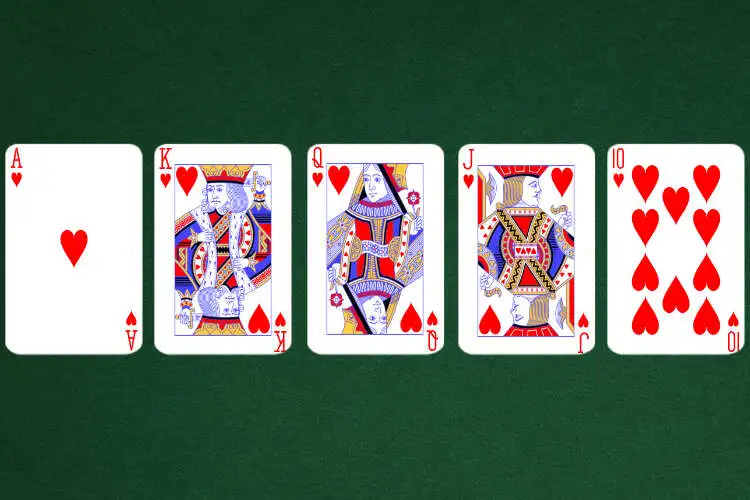
The Royal Flush is the unbeatable king of poker hands. It consists of A♦ K♦ Q♦ J♦ 10♦ , the five highest-ranking cards in a single suit. This hand sits at the top because no other hand can match its strength; even another straight flush will lose to a royal one due to the unbeatable ace-high configuration.
Royal Flushes are exceptionally rare, you’re more likely to see Bigfoot at the cardroom than to flop one. In Texas Hold’em, the odds of hitting a Royal Flush with all five community cards are about 1 in 649,740. But rarity isn’t the only reason it tops the list: its absolute invincibility gives it its throne.
Even seasoned players may go their whole life without landing one, but when it happens, it’s a guaranteed win, unless you’re somehow in a home game that ranks lowball.
Straight Flush
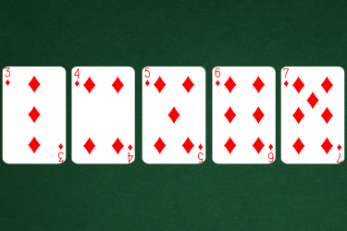
The Straight Flush is a five-card sequence, all in the same suit , for example, 7♠ 6♠ 5♠ 4♠ 3♠. It’s second only to the Royal Flush and beats every other hand in poker. While it doesn’t include the ace-high royal flush, a straight flush still secures most wins .
What makes a straight flush so dangerous is its surprise factor. Players often misread a board that offers suited connectors, underestimating the possibility of a straight flush. That surprise factor can extract big value, especially in multi-way pots.
The odds of making a straight flush are approximately 1 in 72,193 , much more common than a Royal Flush, but still rare enough to stun the table when revealed.
Four of a Kind
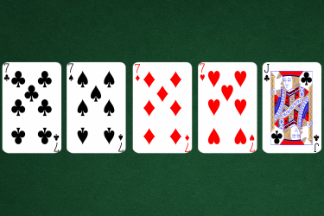
Four of a Kind, also simply known as “quads,” consists of four cards of the same number, like 9♣ 9♦ 9♥ 9♠ and one kicker card. This is a massive hand that is very rarely beaten.
The kicker can matter in quads scenarios. If both players hold the same four of a kind from the board, the fifth card (the kicker) decides the pot. It’s a subtle but crucial detail that can swing huge pots, especially in full-ring games.
You’ll only see quads roughly once every 4,000 hands, but when you do, go for max value, especially if the board texture hides it well.
Full House
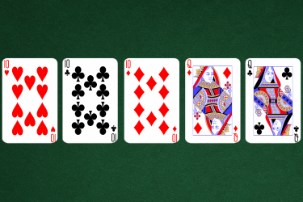
A Full House combines three cards of one rank and two of another, for example, Q♠ Q♣ Q♦ 5♥ 5♠. It beats a flush, a straight, and everything below. Full houses are often disguised well on wet boards and can lead to massive pots in Hold’em and Omaha alike.
When two players both have full houses, the hand with the higher three-of-a-kind wins. So QQQ55 beats 888AA. This nuance makes it a hand where kicker strength doesn’t apply, it’s all about the trips.
Full houses strike a balance of rarity and plausibility. They’re frequent enough that most seasoned players have lost (and won) some of their biggest pots with them, sometimes thinking they’re unbeatable until the higher full boat shows up.
Flush
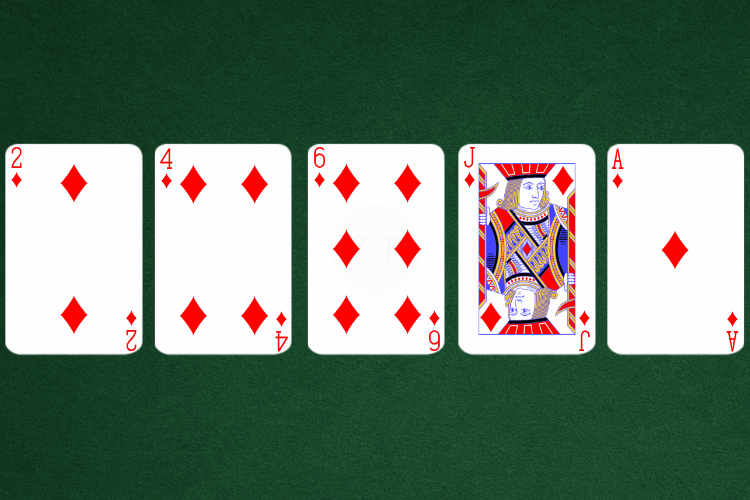
A Flush is any five cards of the same suit, not in sequence, like A♣ 4♣ 8♣ 6♣ 2♣. It beats a straight but loses to a full house. The strength of a flush is determined by its highest card, so A-high flushes are the strongest and often considered trap-setters when they’re not obvious on the board.
Flush over flush happens more often than you would think, especially on suited flops. That’s why it’s crucial to evaluate your flush strength carefully, holding the nut flush (with the ace) offers a layer of safety, while weaker suited hands can become expensive traps.
Flushes occur about once every 500 hands in Hold’em, making them relatively common, but still strong enough to stack opponents who chase second-best draws.
Straight
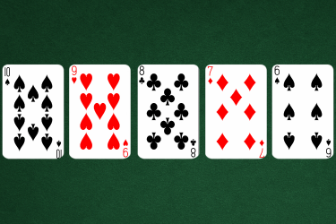
Five consecutive cards of any suit, such 7♣ 6♦ 5♠ 4♥ 3♣, make up a straight. On suited boards, straights are powerful but frequently overpriced since a made flush beats them right away.
A wet board texture should be avoided since straights are highly readable on wet boards, particularly when several players are acting aggressively. Typically, the “wheel” straight (A-2-3-4-5) and “broadway” (10-J-Q-K-A) are the most frequently observed styles.
The straight is one of the more flexible and accessible hands in Hold’em, often made with open-ended or gutshot draws, but don’t overvalue it on paired or suited boards.
Three of a Kind
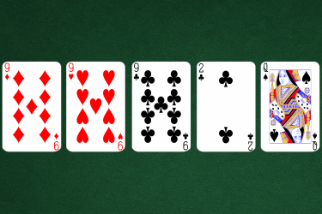
Also called “trips” or “a set,” Three of a Kind means holding three cards of the same rank, like 7♠ 7♦ 7♣ K♠ 3♦. It’s a solid hand, but one that can easily be counterfeited or outkicked depending on the board.
Sets vs. trips, they’re not the same. A “set” is when you hold a pocket pair and hit a third on the board. “Trips” usually refer to making three of a kind using one hole card and a pair on the board. Sets are much more hidden and therefore more profitable.
While strong, three of a kind can be deceptive, it may look powerful but loses to straights, flushes, full houses, and above. Always think ahead to what hands could realistically beat it given the action.
Two Pair
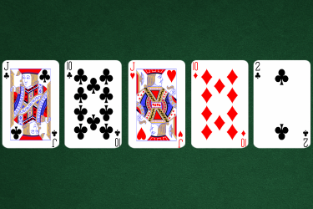
Two pair is A hand with two distinct pairs, like as K♠ K♦ 4♣ 4♥ 9♠, is called a two pair. It loses to every hand above, but it defeats one pair. Although it appears powerful on paper, kicker strength and board texture have a significant impact on its real power.
Top two vs. bottom two is a real leak, many players overplay bottom two pair without realizing how vulnerable it is to overpairs, sets, or board pairing. The higher the two pair, the stronger your hand is in multi-way pots.
Two pair is common, especially in unraised pots where players see flops with raggedy holdings. But its value varies wildly, so play it carefully if the board runs coordinated or pairs.
One Pair
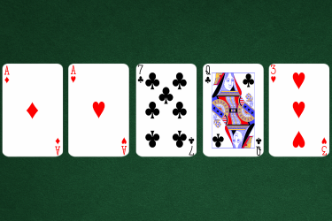
One Pair is simply two cards of the same rank, like J♠ J♦ 7♣ 4♥ 2♠. It’s the most frequent made hand in Hold’em and beats high card hands only. Because of its frequency, one pair is often overvalued by beginners and underprotected by regs.
Top pair, top kicker is the goal, like A♠ Q♠ on a Q♥ 7♦ 3♠ board. But even then, it’s vulnerable to two pair, sets, or draws that come in on later streets. One pair rarely wins big pots unless opponents are weak or you’re against draws that missed.
Playing one pair well is more about discipline than aggression. Bet for value when ahead, but know when to fold if heavy resistance shows up.
High Card
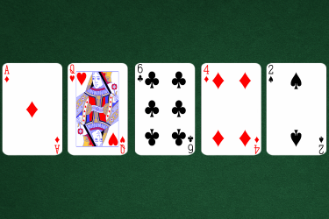
High Card means you didn’t make any pair, straight, or flush, for example, A♠ 10♦ 8♣ 6♥ 3♦. It’s the weakest type of poker hand and is used as a tiebreaker when no one has anything else. High card hands are ranked by their highest card, then kicker order if needed.
Sometimes ace-high is enough, especially if your opponent is bluffing or missed a draw. But in most cases, high card hands are bluff catchers or fold candidates.
Despite being the lowest-ranked hand, high card wins do happen and more often than you would think, usually in aggressive heads-up spots or when both players whiff the board entirely.
Poker Hand Rankings Overview
If you want to win at poker, you need to know the hand rankings cold. Some hands are strong and straightforward. Others can get you in trouble if you overplay them. Now that you’ve seen how they stack up, you’ll be better prepared to make the right call. Use this knowledge every time you play, and you’ll save chips, win more pots, and avoid the kind of mistakes that cost real money.
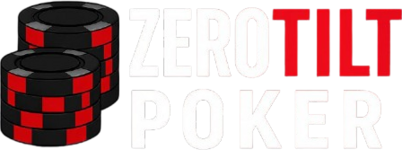
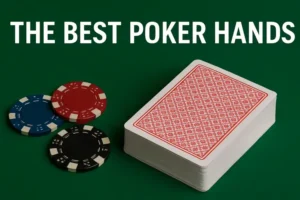
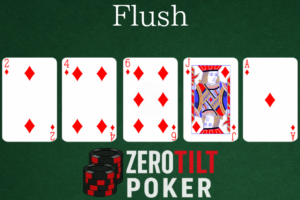
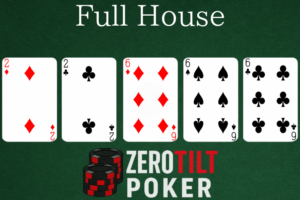
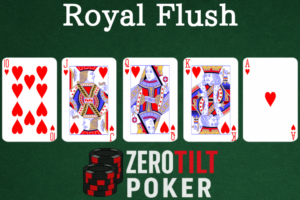
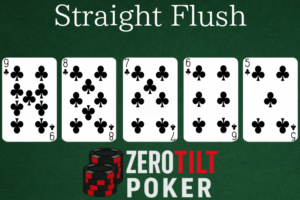
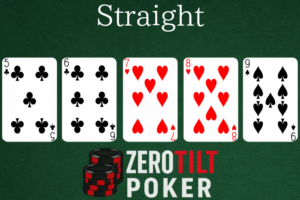
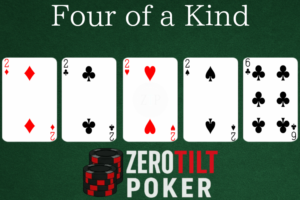
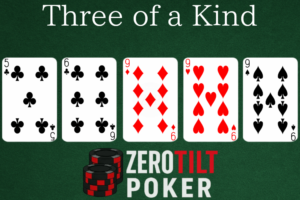
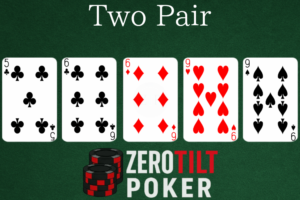

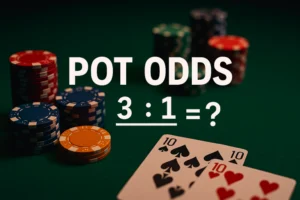

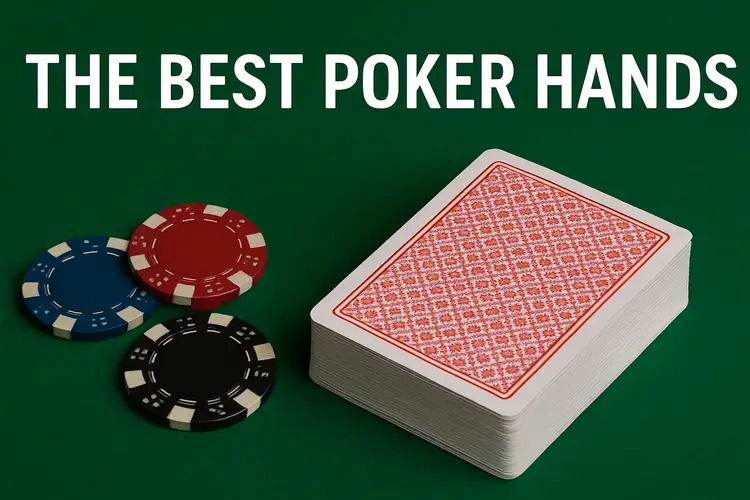
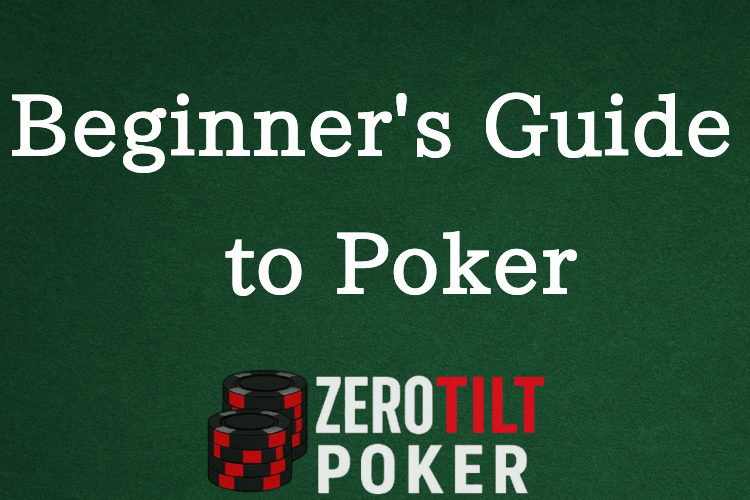
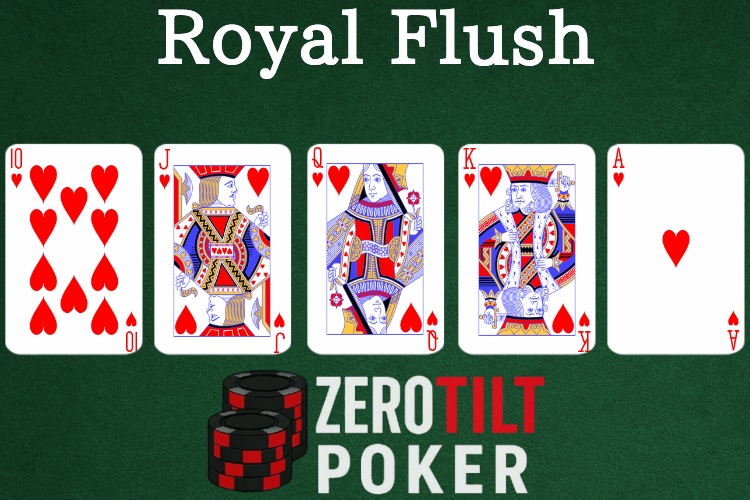
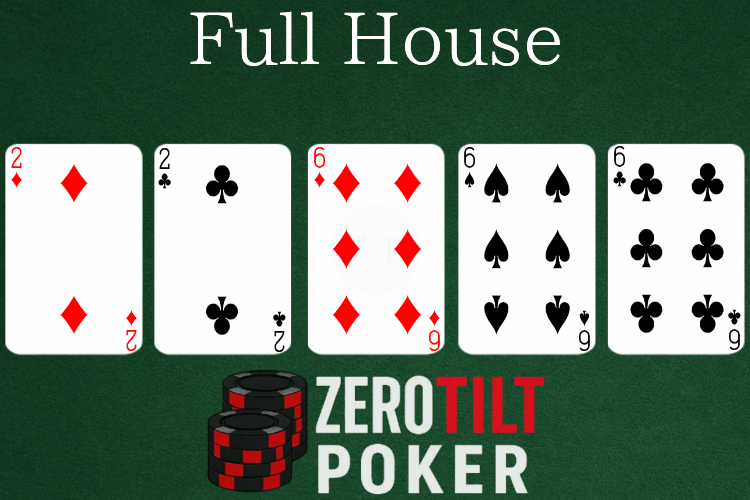
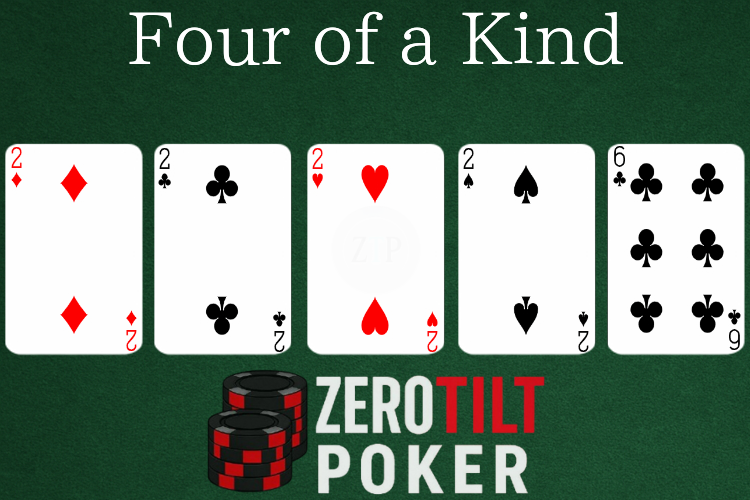
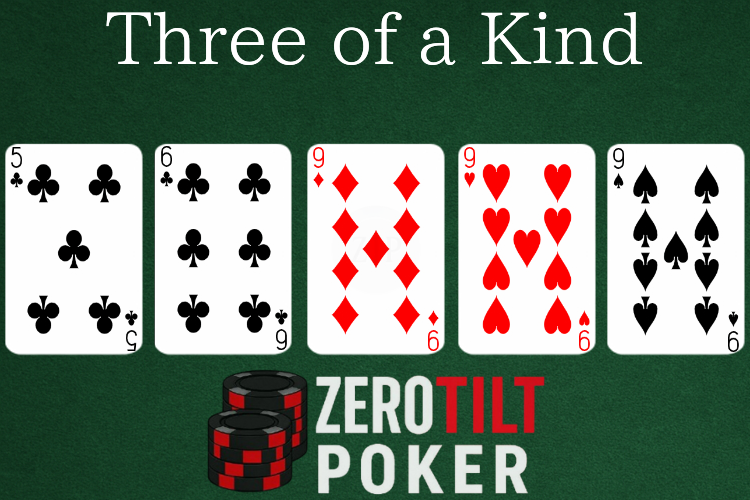
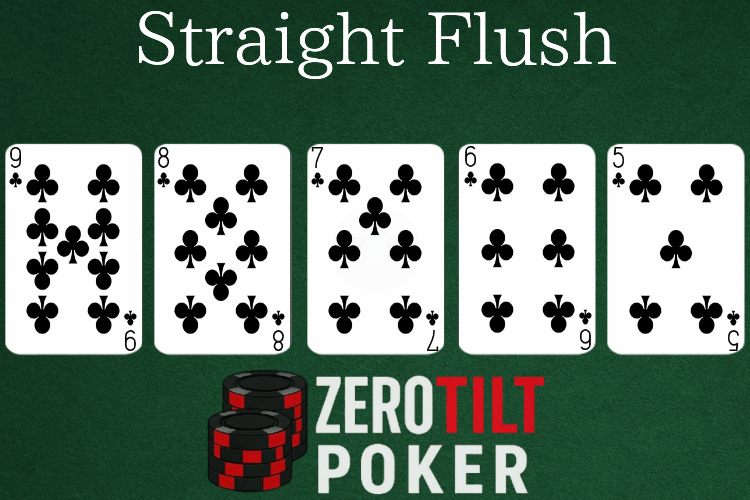
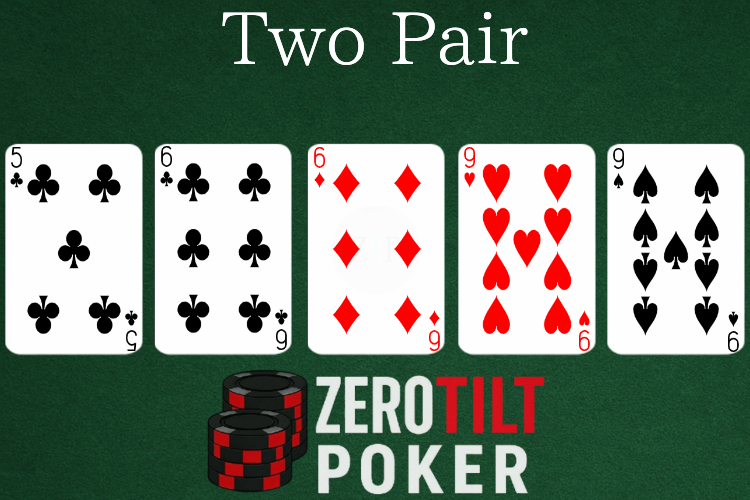

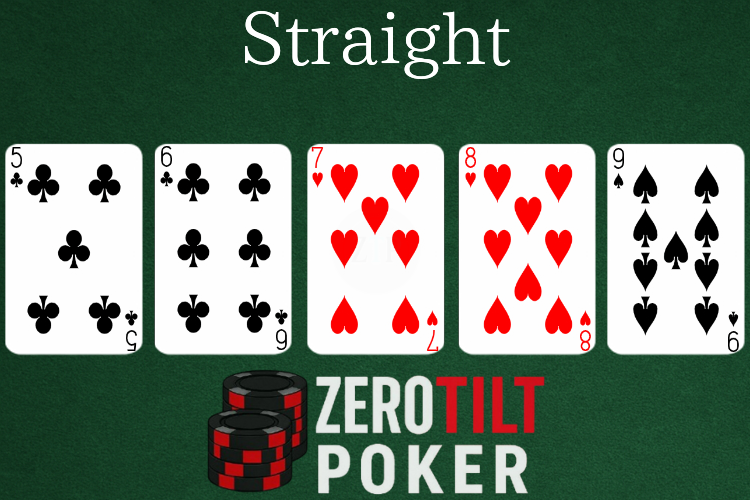

Leave a Reply